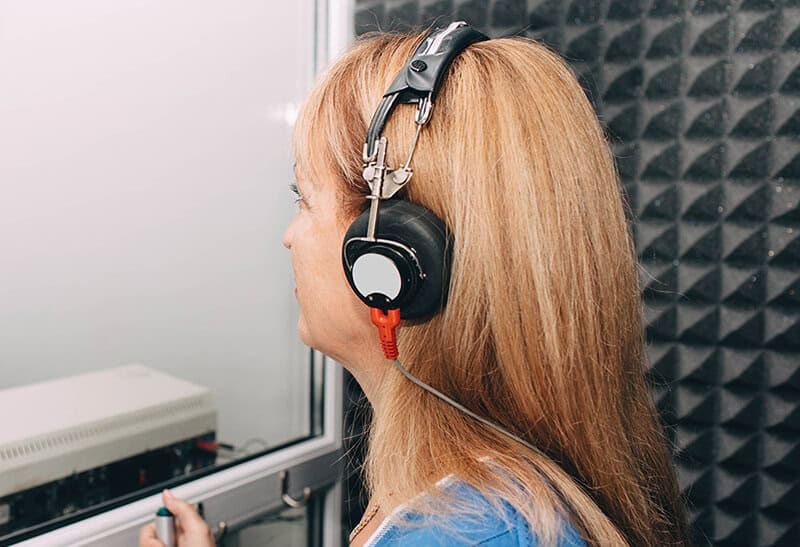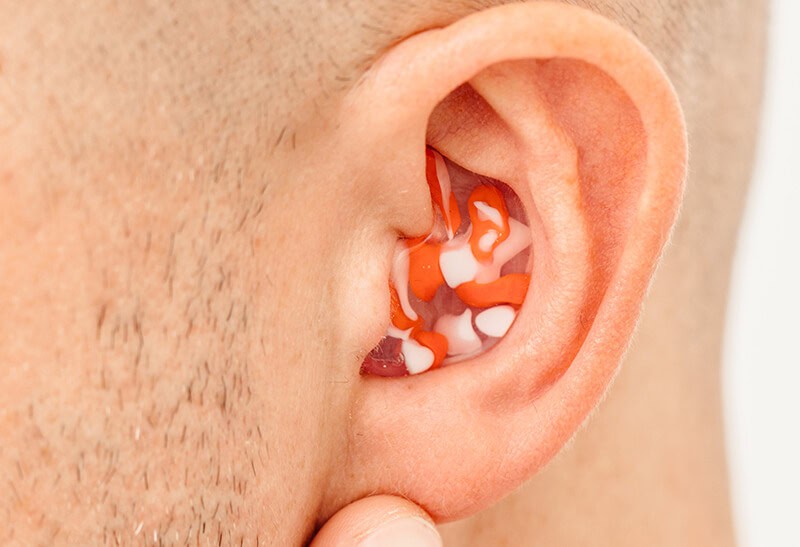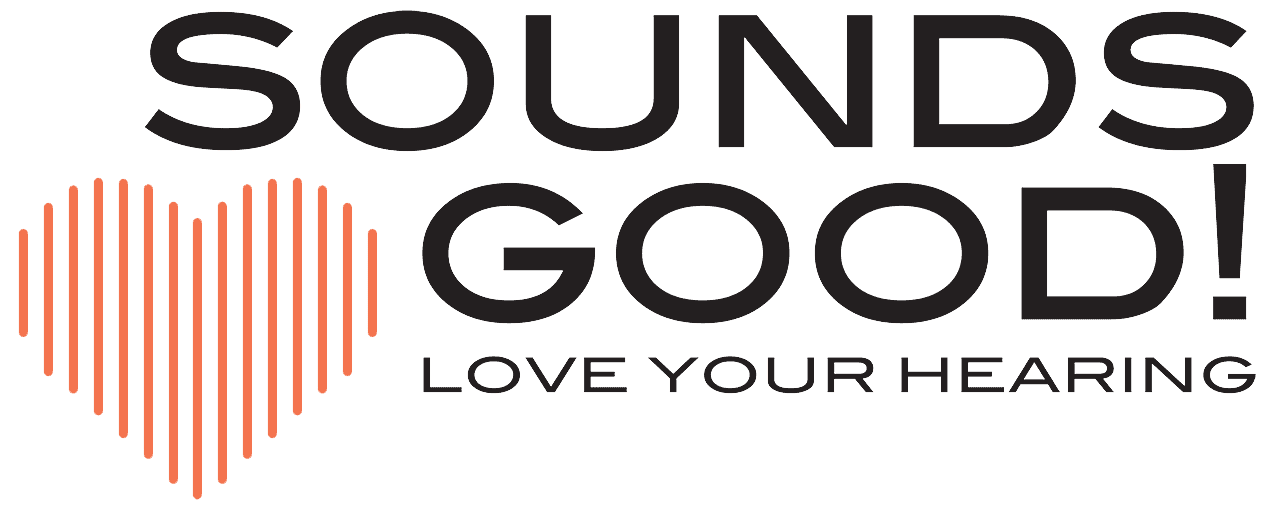Mobile Audiometric Testing
An Important Part of Your Hearing Conservation Program
A hearing conservation program is required by OSHA (Occupational Safety and Health Administration) in any workplace that meets any of the following criteria:
- Average noise levels meet or exceed 85 dBA over the course of an 8-hour workday
- Maximum noise levels meet or exceed 115 dBA
- Peak (transient) noises in the workplace reach or exceed 140 dBA
- If shifts are longer than 8 hours, average noise levels lower than 85 dBA may still require the implementation of a hearing conservation program
As part of any hearing conservation program, employers must provide baseline and annual hearing tests to employees at no cost to them. A “baseline” hearing test is the first hearing test that a person takes, in order to establish the state of their hearing ability at that time. Subsequent hearing tests are compared to the baseline test in order to determine whether hearing protection measures are successful or hearing ability has diminished to any degree.

Audiometric Testing
The test used for workplace hearing screenings is the “pure tone” test. This test is administered in a sound-deadening booth. Each employee wears a set of headphones and is asked to respond to what they hear, while a series of tones is played in each ear at differing pitches and volume levels. The tones used in the pure-tone test are sine waves at the frequencies 500 Hz, 1 kHz, 2 kHz, 3 kHz, 4 kHz, 6 kHz, and 8 kHz.
The results are recorded and displayed on an audiogram, which plots hearing ability in each ear against normal. After each employee undergoes a baseline test, subsequent annual tests will determine whether their hearing ability is maintaining or declining. The audiogram not only provides a picture of a person’s current hearing ability, but also offers clues to audiologists as to what may be the cause(s) of any hearing loss that is present.

Testing and Interpretation
Some employees are likely to experience a degree of hearing loss, but this is not necessarily indicative of a failure of your workplace’s hearing conservation program. Outside the time they are at work, employees may engage in non-work-related activity that may damage their hearing. While this is unfortunate, the results of these tests will help to determine, in aggregate, whether employees’ hearing loss may be related to a noise or hearing protection problem in the workplace—if many or most employees experience measurable hearing loss to the same degree—or whether some employees may be experiencing hearing loss as a result of recreational activity or an underlying medical problem.
Whatever the case may be, we will be able to provide guidance on how to remediate the problem. If your hearing conservation program needs renovation, we can recommend the appropriate steps. If an employee is experiencing hearing loss due to non-work-related causes, we will counsel with them on the steps they can take to prevent further hearing loss related to noise exposure, or refer them to the appropriate medical personnel to assist with a potential underlying medical cause.

Custom Hearing Protection
Hearing protection is part of most any hearing conservation program. There are numerous ways an individual employer may choose to address the need for hearing protection in the workplace. Many offer disposable, single-use earplugs, while others provide noise-canceling earmuffs for especially noisy applications.
Custom hearing protection can provide a long-lasting alternative to disposable options, and can cost less over time, depending on the specific situation at your facilities. We are available to consult about which solutions may be the most effective—and cost-effective—for your company.
Call Sounds Good! today to book our mobile audiometric testing services for your company. We will work with you to create the least-intrusive plan possible so your employees can stay happy, healthy, and productive!
